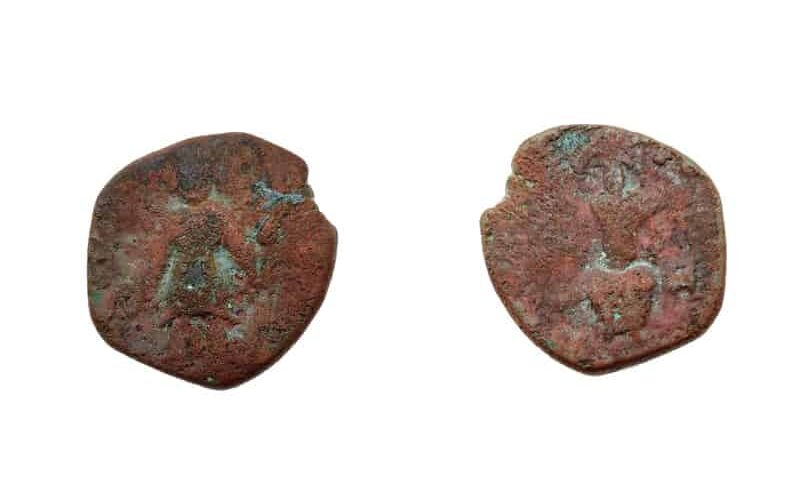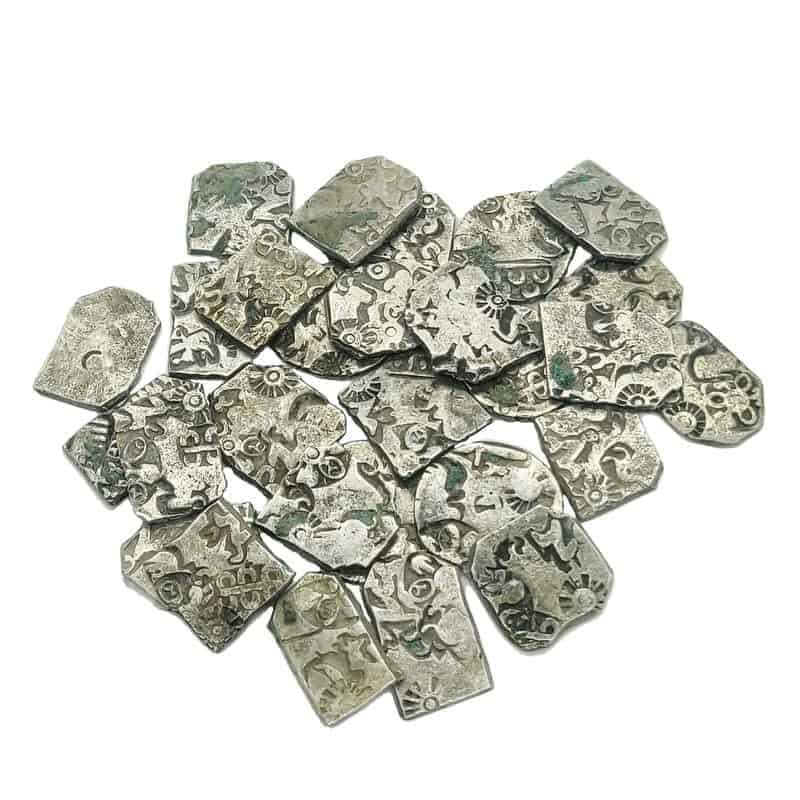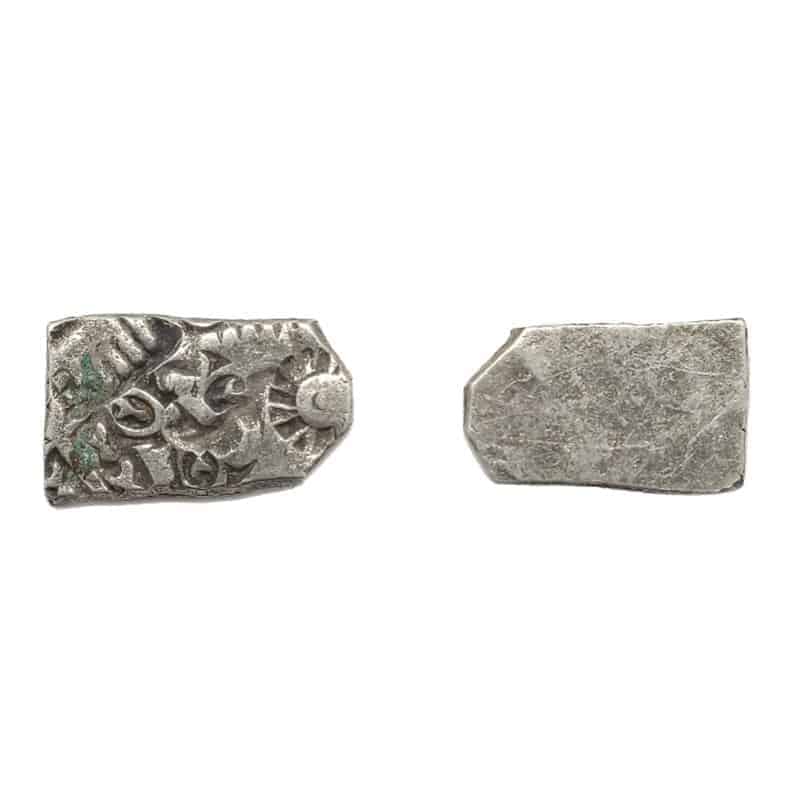
The Kuninda Dynasty was an ancient Indian dynasty that ruled over the region encompassing present-day Himachal Pradesh, Uttarakhand, and parts of northern Pakistan. They were believed to be a branch of the Trigarta Kingdom, which was mentioned in the Mahabharata, an ancient Indian epic. The Kunindas emerged as an independent ruling power around the 2nd century BCE and established their capital at Taxila, a renowned center of trade and learning.
The history of the kingdom is documented from around the 2nd century BCE. They are mentioned in Indian epics and Puranas. The Mahabharata relates they were defeated by Arjuna.
The history of the kingdom is documented from around the 2nd century BCE. They are mentioned in Indian epics and Puranas. The Mahabharata relates they were defeated by Arjuna. One of the first kings of the Kuninda was Amoghbhuti, who ruled in the mountainous valley of the Sutlej and Yamuna rivers (in today’s southern Himachal and far western Uttarakhand in northern India).
The Greek historian Ptolemy linked the origin of the Kuninda to the country where the rivers Beas, Sutlej, Yamuna and Ganges originate. One of the Edicts of Ashoka on a pillar is also present at Kalsi, in the region of Garhwal, indicating the spread of Buddhism to the region from the 4th century BCE.
The Kuninda kingdom disappeared around the 3rd century, and from the 4th century, it seems the region shifted to Shaivite beliefs.
Coinage of the Kuninda Dynasty
The Kuninda Dynasty left behind a fascinating legacy of coinage. These coins provide valuable insights into the socio-economic and political milieu of the time. In this blog post, we delve into the world of Kuninda Dynasty coinage and unravel the stories they tell. The coinage of the Kuninda Dynasty reflects the complex history and cultural influences prevalent in the region. The dynasty issued a variety of coins that featured distinct designs, symbols, and inscriptions. These coins were minted in a variety of metals, including copper, silver, and gold.
- Copper Coins: The most common type of coin issued by the Kunindas was made of copper. These coins usually featured a central motif surrounded by a brahmi legend inscribed in an ancient script. The motifs included various symbols, such as deities, animals, and geometric patterns. These copper coins provide valuable evidence of the religious and cultural practices of the time.
- Silver Coins: The Kuninda Dynasty also issued silver coins, which were of higher value than their copper counterparts. These coins were typically larger in size and often featured elaborate designs. The motifs on silver coins included depictions of deities, animals, and mythical creatures. Some coins also displayed royal portraits or images symbolizing the ruler’s power and authority.
- Gold Coins: Although relatively rare, gold coins were also issued by the Kunindas. These coins were smaller in size and were predominantly used for high-value transactions. The designs on gold coins were intricately crafted and often showcased the royal emblem or other symbols associated with royalty. The existence of gold coins suggests the economic prosperity and trade connections enjoyed by the Kuninda Dynasty.
Symbolism and Cultural Significance
The motifs and symbols depicted on Kuninda coins carry immense cultural and religious significance. Many coins feature Hindu deities such as Shiva, Kartikeya, and Vasudeva, indicating the influence of Hinduism in the region. The presence of animal motifs, including elephants, horses, and lions, highlights the importance of animals in ancient Indian society and religious beliefs.
The use of Brahmi inscriptions on Kuninda coins also provides valuable linguistic and historical information. These inscriptions help in deciphering the ancient script and shed light on the political and social structure of the time.
The coinage of the Kuninda Dynasty offers a captivating glimpse into the ancient history and culture of northwestern India. These coins not only served as a means of exchange but also reflected the dynasty’s political authority, religious beliefs, and artistic craftsmanship. Studying Kuninda coins allows us to connect with the past and understand the economic and cultural dynamics of a bygone era. As we continue to explore and unearth the treasures of ancient civilizations, the Kuninda Dynasty coinage remains an invaluable source of knowledge and inspiration.
Read about Indian Coinage
















